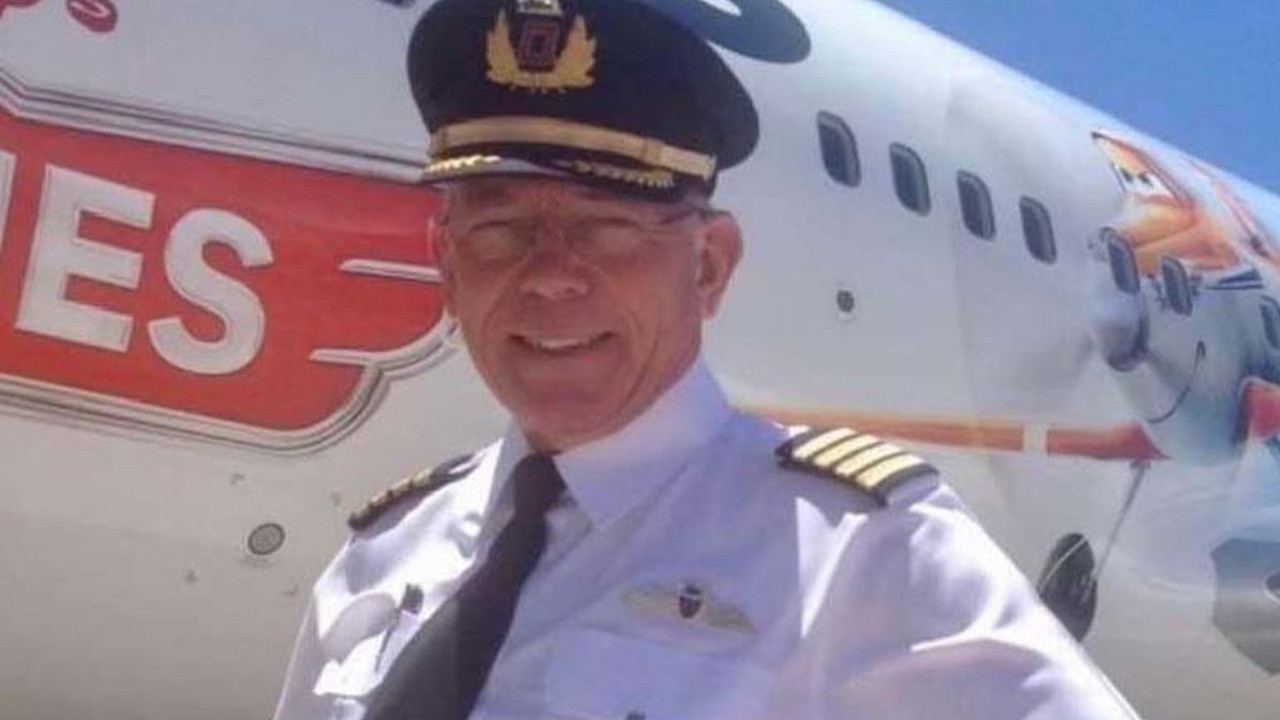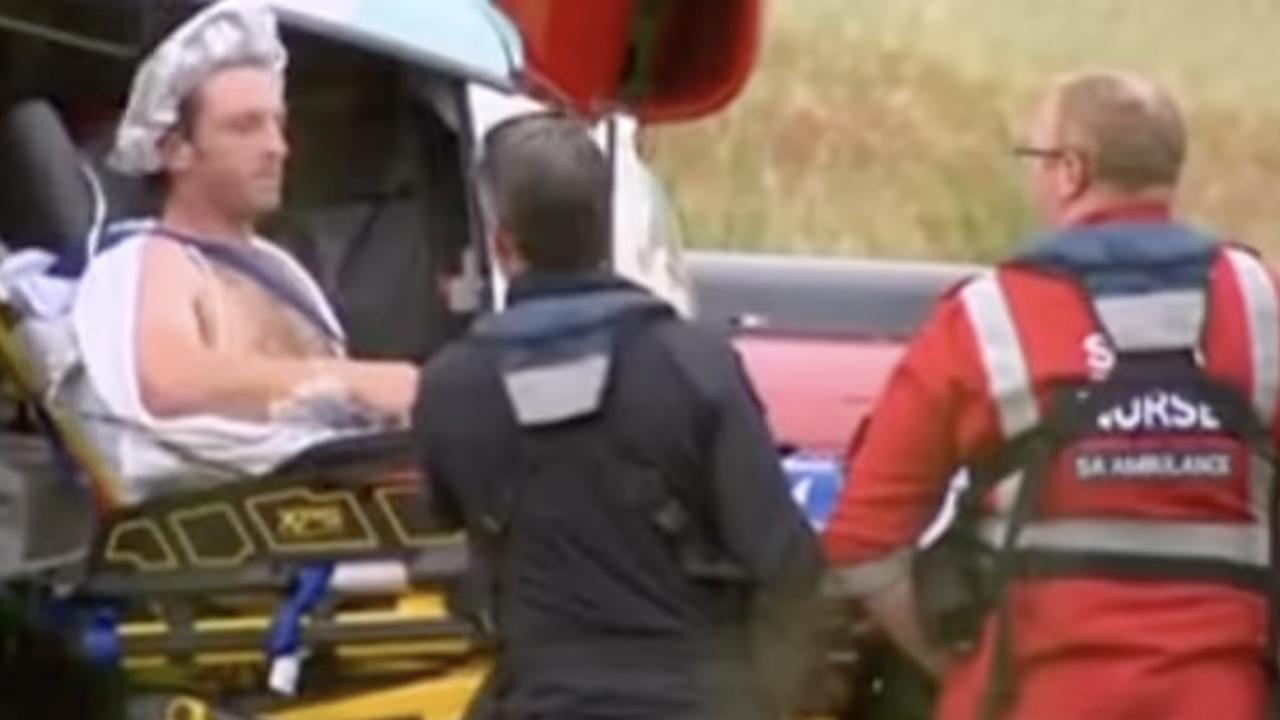Why sound may be the key to finding MH370
So far, the futile search for MH370 has included radar, satellite, air and sonar. But something remarkably simple is close to revealing the truth

Radar. Satellites. Air searches. Sonar. All have been employed in the so-far futile search for missing Malaysian Airlines flight MH370 since it vanished on March 8, 2014.
But could something as simple as sound hold the answer?
Researchers from the UK’s Cardiff University believe the fate of the 239 people aboard the Boeing 777 could be buried among hydrophone recordings used to monitor pressure changes in the ocean – part of a worldwide network established to detect nuclear explosions.
Mathematician and engineer Dr Usama Kadri says such hydrophones were in operation at Western Australia’s Cape Leeuwin and the United States Indian Ocean naval base at Diego Garcia at the time of the mysterious disappearance.
“A 200-tonne aircraft crashing at a speed of 200 metres per second would release the kinetic energy equivalent to a small earthquake,” he writes in The Conversation.
“It would be large enough to be recorded by hydrophones thousands of kilometres away.”
Dr Kadri led a team seeking clues in recordings of other aircraft crashes before revising those made during the critical last minutes of MH370’s flight profile.
And the results have just been published in the Nature journal Scientific Reports.
But the findings raise more questions than potential answers.
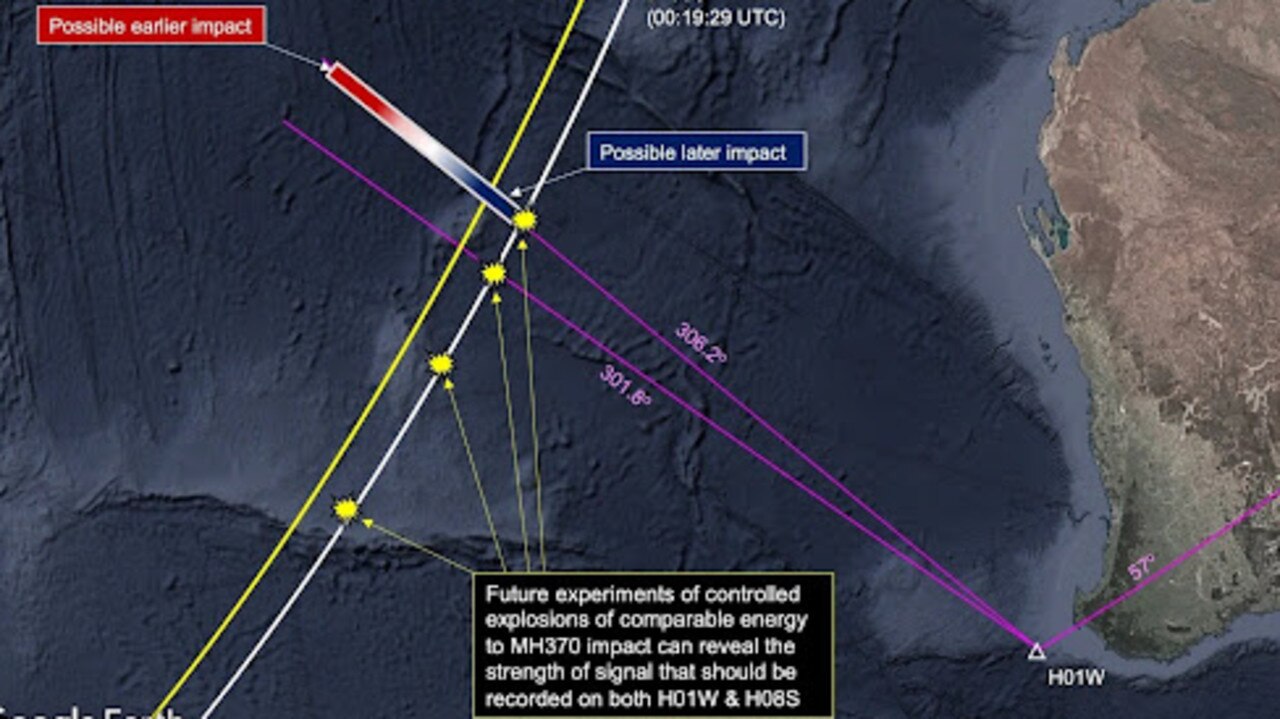
Sound principles
It’s not the first time the Comprehensive Nuclear-Test-Ban Treaty Organization recordings have been used in the search for MH370. Both Cardiff University and Australia’s Curtin University have previously scoured them for clues.
One unidentified event was detected from Leeuwin Station. And it came from a position within what is known as the “seventh arc” – a curve representing the distance MH370 must have been from a satellite that received a seventh “handshake” attempt from a modem built into one of its engines.
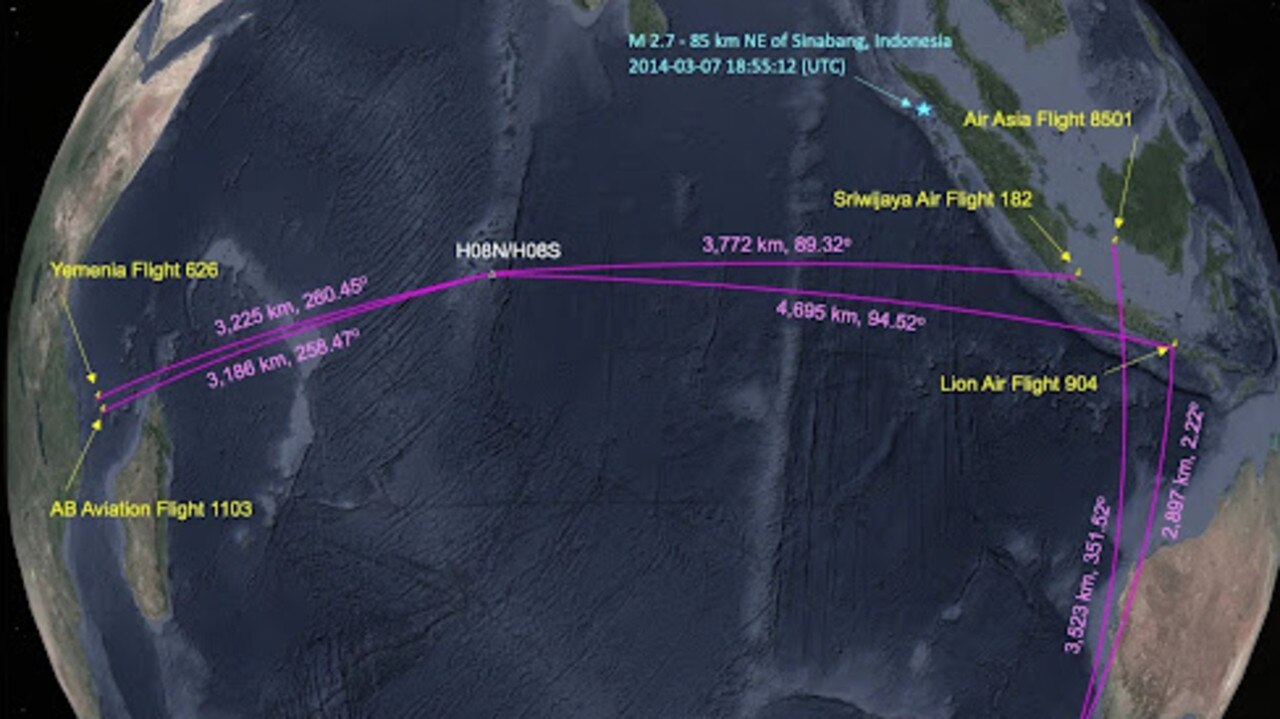
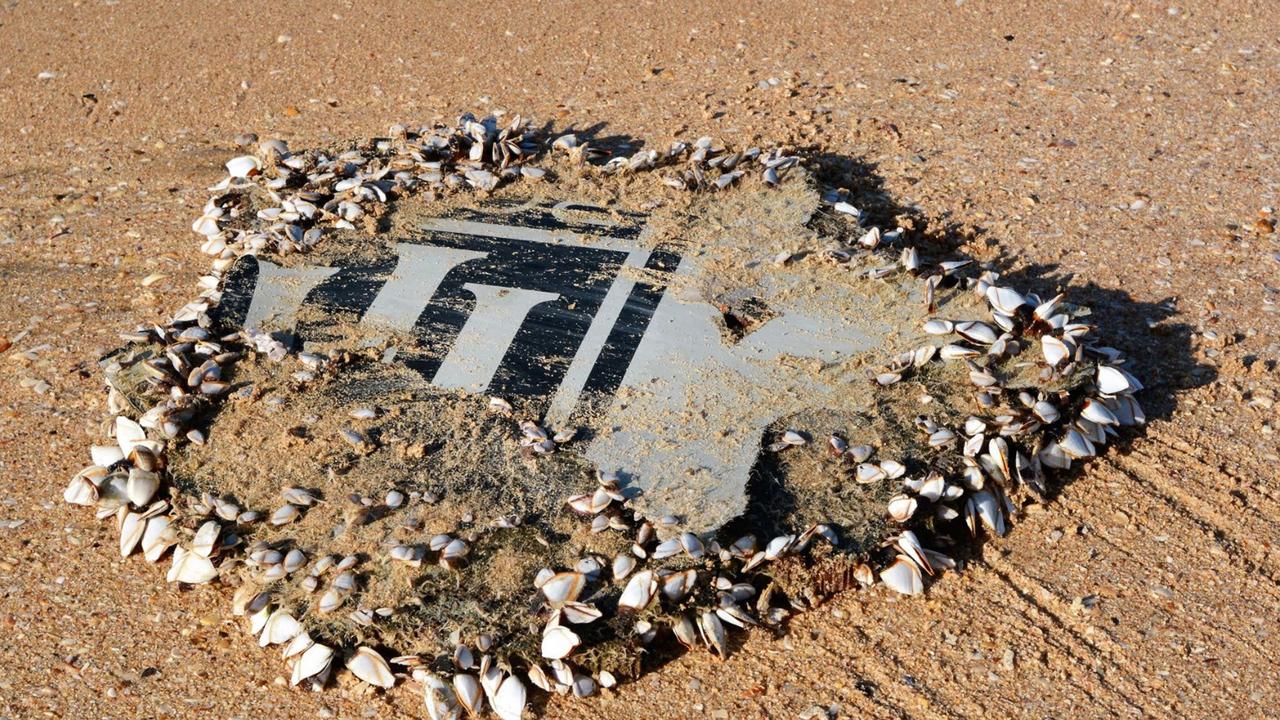
But that event didn’t conform to the crash timeline proposed by official search authorities.
“CTBTO (Comprehensive Nuclear-Test-Ban Treaty Organization) stations have previously detected distinctive pressure signals from aircraft crashes, as well as earthquakes of various sizes at distances of more than 5000 kilometres away,” Dr Kadri writes in The Conversation.
His research team analysed more than 100 hours of recordings from around the world that recorded 10 known incidents of aircraft crashing into the sea. The idea was to identify air crash pressure wave characteristics to narrow the parameters in a new search for MH370.
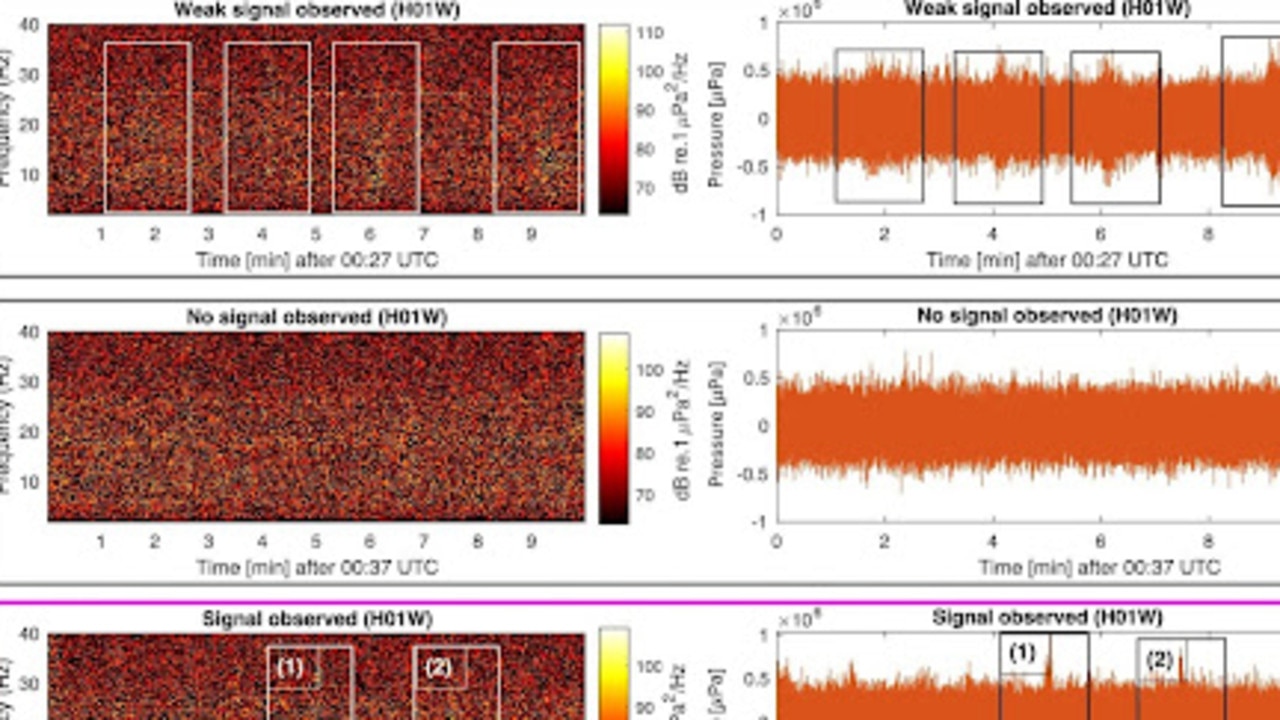
“Given the sensitivity of the hydrophones, it’s highly unlikely that a large aircraft impacting the ocean surface wouldn’t leave a detectable pressure signature, particularly on nearby hydrophones,” he explains.
“But unfavourable ocean conditions could potentially dampen or obscure such a signal.”
Thus the need to revisit the recordings.
The new attempt was limited to the narrow but official time window for the expected crash. The soundwaves should have taken a few tens of minutes to reach both CTBTO listening stations – depending on exactly where on the “seventh arc” it went down.
“The analysis identified only one relevant signal in the direction of the seventh arc, recorded at the Cape Leeuwin station,” says Dr Kadri. “But this signal was not detected at the Diego Garcia station. This raises questions about its origin.”
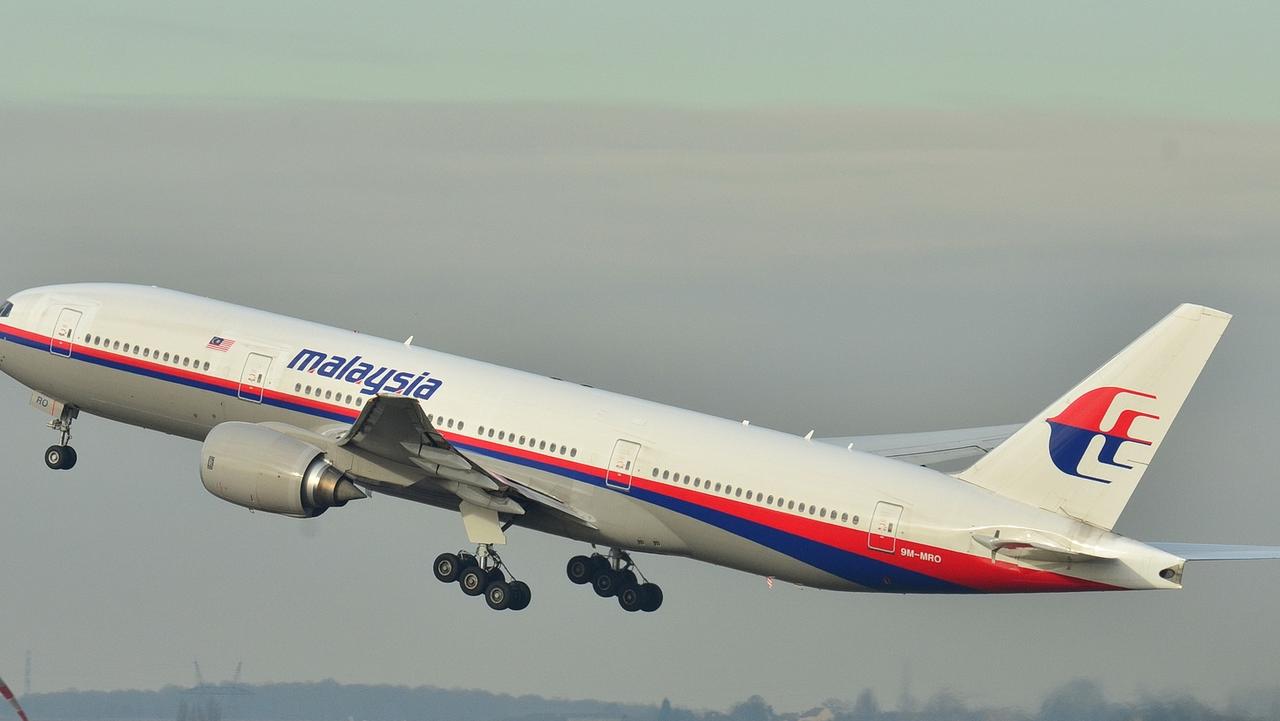
Fine-tuning
Dr Kadri believes tests should be conducted to help calibrate sound transmission conditions in the water between the “seventh arc” and the listening posts at Cape Leeuwin and Diego Garcia.
That’s because underwater terrain such as mountain ranges, open plains, rocks and mud distort sound transmissions in different ways.
He points to the use of controlled explosions to help find the missing Argentinian submarine San Juan in 2018. A distinct noise had been recorded in the area it was conducting wargames.
“The calibration grenade, which was also recorded at the CTBTO hydroacoustic stations, was similar to the unusual signal that radiated from the submarine implosion,” says Kadri. “The submarine was found a year later with all 44 crew members lost.”
Similar tests off the WA coast could help researchers identify what to watch for among the Leeuwin and Diego Garcia recordings.
Pictured above is spectrogram (left) and pressure time series (right) of: (a) AB Aviation Flight 1103; (b) Air Asia Flight 8501; and (c) Asiana Flight 991. Rectangles highlight the signals of interest, and white arrows highlight dispersion. Picture: Nature/Scientific Reports
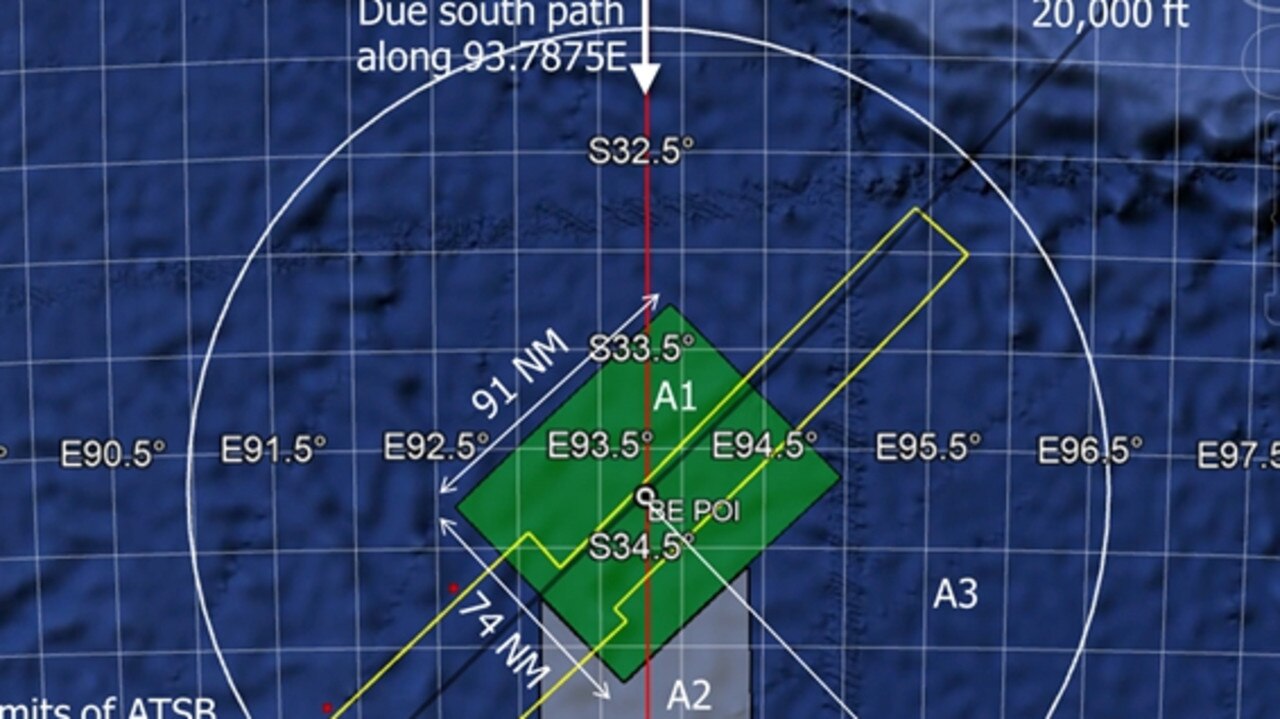

Debris recovered from MH370 indicates its impact with the sea was extremely violent. Analysis suggests its engines likely flamed out at the regular cruising altitude of 36000ft (11km) once the fuel tanks ran dry, with the aircraft then entering a spiral stall.
“If the signals from such explosions showed pressure amplitudes similar to the signal of interest, it would support focusing future searches on that signal,” Dr Kadri explains.
The new suspect signal approached Leeuwin from “a plausible direction, i.e. 306 degrees”, the study states. Mapping the properties of sound transmission in the underwater terrain could help identify potential crash sites.
“While our research does not pinpoint MH370’s exact crash location, it highlights the potential of hydroacoustic technology in solving this aviation mystery,” Dr Kadri concludes.
Pictured above is spectrogram (left) and pressure time series (right) of: (a) Air France Flight 447; (b) Transair Flight 810; and (c) Lion Air Flight 904. Rectangles highlight the signals of interest, and white arrows highlight dispersion. Picture: Nature/Scientific Reports
Jamie Seidel is a freelance writer | @JamieSeidel




